1,570 days, 2,407 entries ...
Newsticker, link list, time machine: HOLO.mg/stream logs emerging trajectories in art, science, technology, and culture––every day
November 2021
“Through NTFs and the gold rush around them the term digital art has become less understood. It’s been reduced to singular digital images that don’t reflect the breadth of the medium, be it algorithmic drawing, software art, or installation art.”
“I think about it almost like big gusts of wind. The artists are in these small sailboats and can take the wind and go in the direction they want—or the wind is really overpowering.”
“The Modern Exorcist,” an exhibition steeped in techno-animism, opens at the Taipei Fine Arts Museum, Taiwan. Ten interdisciplinary artists including Yin-Ju Chen, Kate Cooper, Cécile B. Evans, Sidsel Meineche Hansen, Pakui Hardware, and Po-Chih Huang (image: Chair, Sandpaper, Cockroach, Ocean, Seven, Termite and Banana, 2021) interpret posthumanist vantage points through virtual bodies and networked systems that link people to objects and other species. After all, “what is human?”
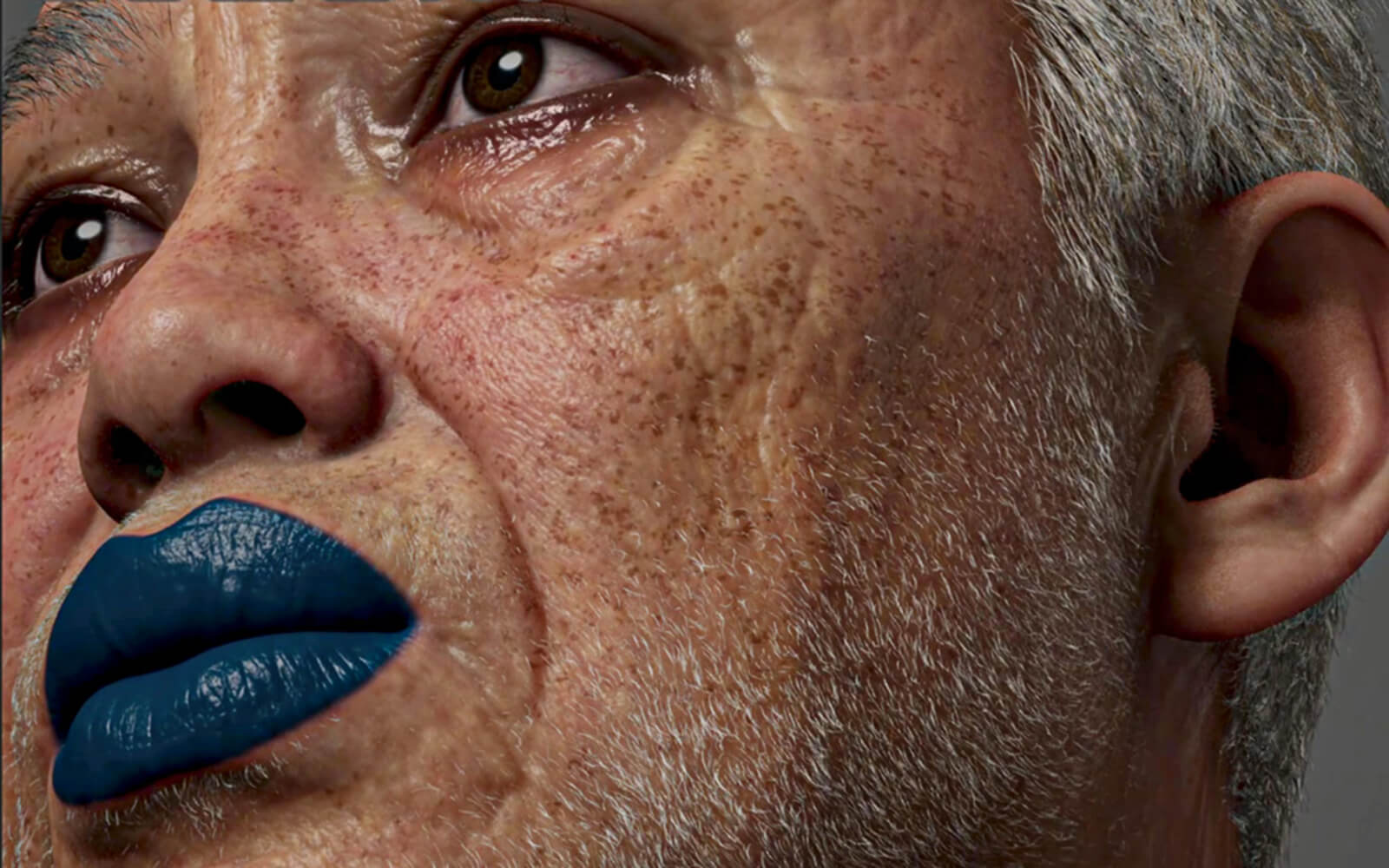
Ludger Brümmer (ed)
The Hub: Pioneers of Network Music
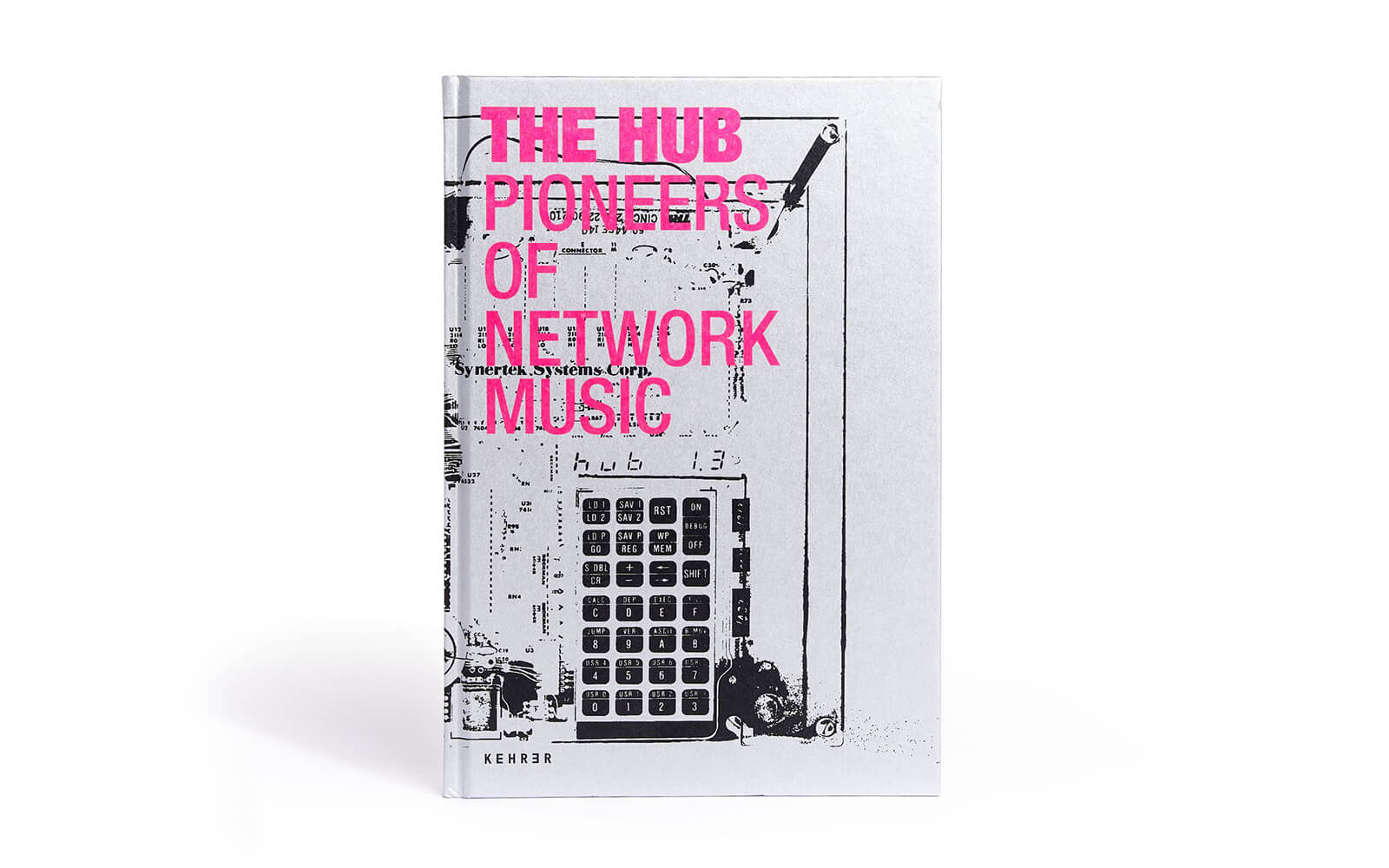
“Every day you wake up in this country and you have a new problem. It isn’t our fault our governments are enemies. It’s already hard enough for us to survive.”
Disruption Network Lab
Whistleblowing for Change
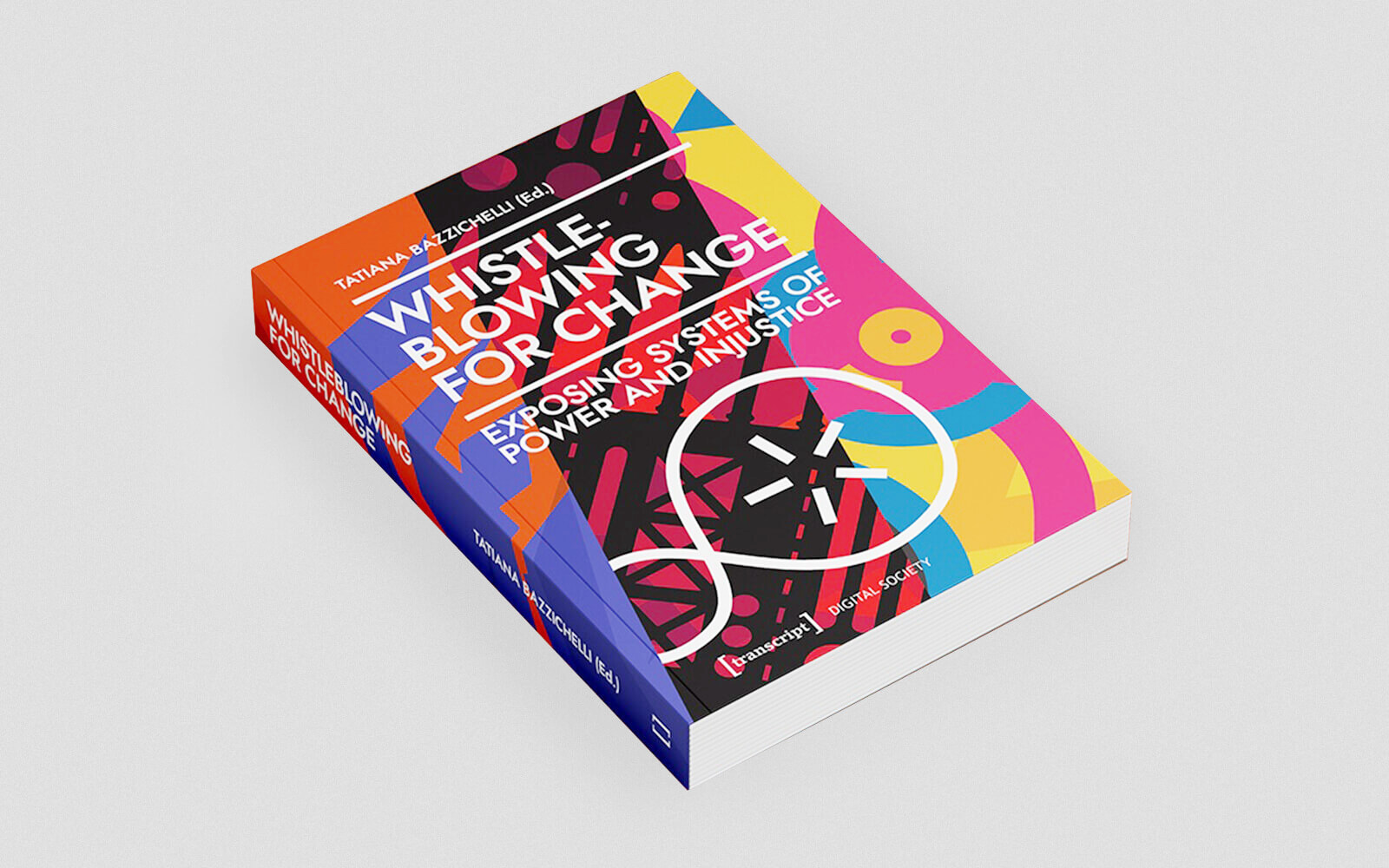
“With crypto we’ve decided to do the most American thing ever, to commoditize our rage at the financial system into a financial product. After all, we’re just temporarily embarrassed millionaires and the only problem with CDOs wasn’t the moral hazard, but that you didn’t have a piece of the action.”
“Taskoch pipon kona kah nipa muskoseya, nepin pesim eti pimachihew | Like the winter snow kills the grass, the summer sun revives it” opens at the Robert McLaughlin Gallery (RMG) in Oshawa, Canada. Curated by Missy LeBlanc, the show features Joi Arcand (image: ekawiya nepewisi, 2017), Susan Blight, Tsēmā Igharas, and four other artists working in languages representing the seven major geographic regions of the land now known as Canada, ”celebrating and centering Indigenous language revitalization.”
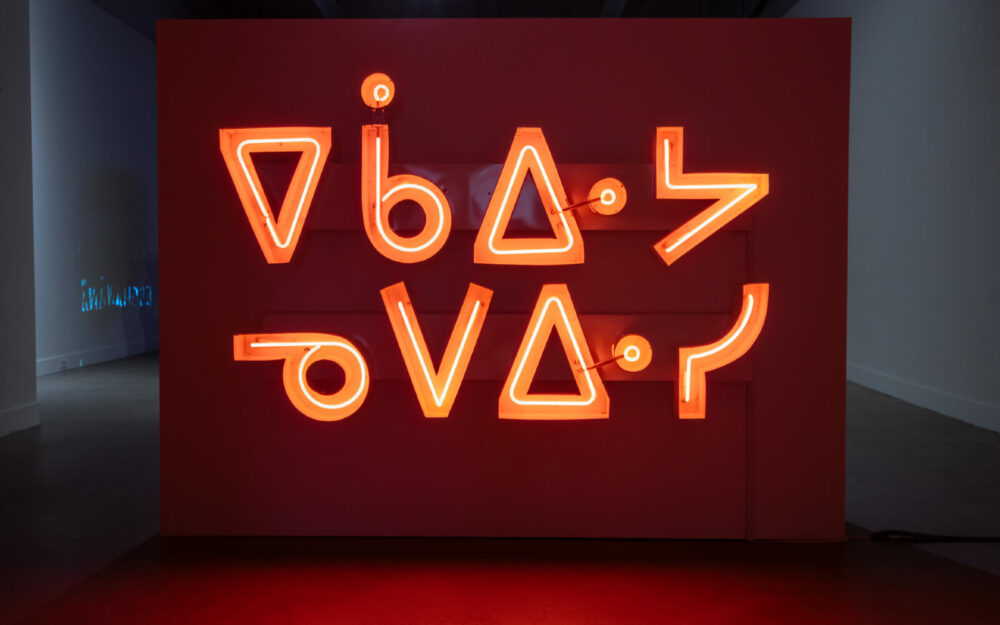
“Past attempts to colonize space were spurned by civilization for being too boring. My goal is not only colonizing Mars, but entertaining everyone along the way.”
The Fall, a site-specific installation by Susan Philipsz, opens at Amsterdam’s Oude Kerk. Building on the former church’s acoustics and legacy, the Scottish artist has derived a ‘sonic tribute’ to composer and organist Jan Pieterszoon Sweelinck, who was buried on site in the 17th century. Philipsz’ installation adds her voice to Sweelinck’s music, and suspends organ pipe forms in space, creating “descending scale sounds, which swell and evoke a sense of collapse, fragmentation, and absence.”
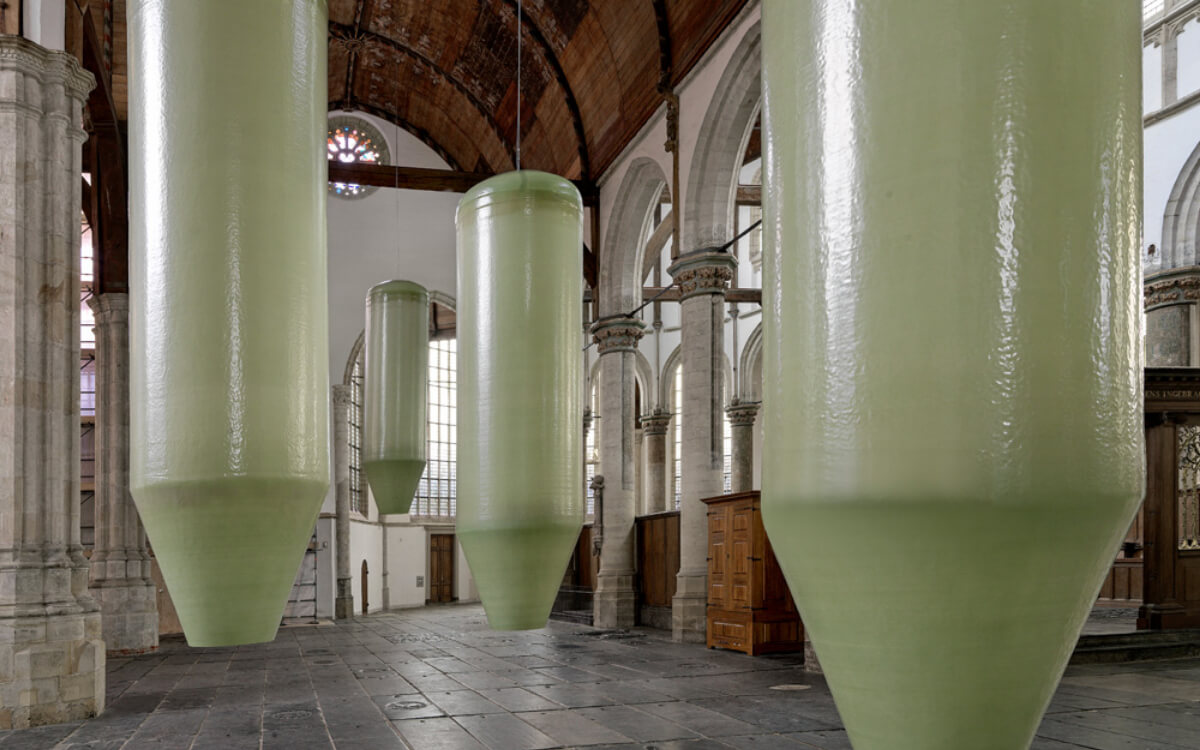
A critical reading of our entangled technological and social systems, “Reasonable Doubt” opens at V2_ Lab for the Unstable Media in Rotterdam. Curators Vincent van Velsen and V2’s Florian Weigl assemble works by Paolo Cirio, Sami Hammana, Femke Herregraven, Hannah Dawn Henderson, Yazan Khalili (image: Medusa, 2020), Anna Ridler and others that reveal these systems’ harsh reality—algorithmic bias, corporate surveillance—and their capacity for subersive adaptation.
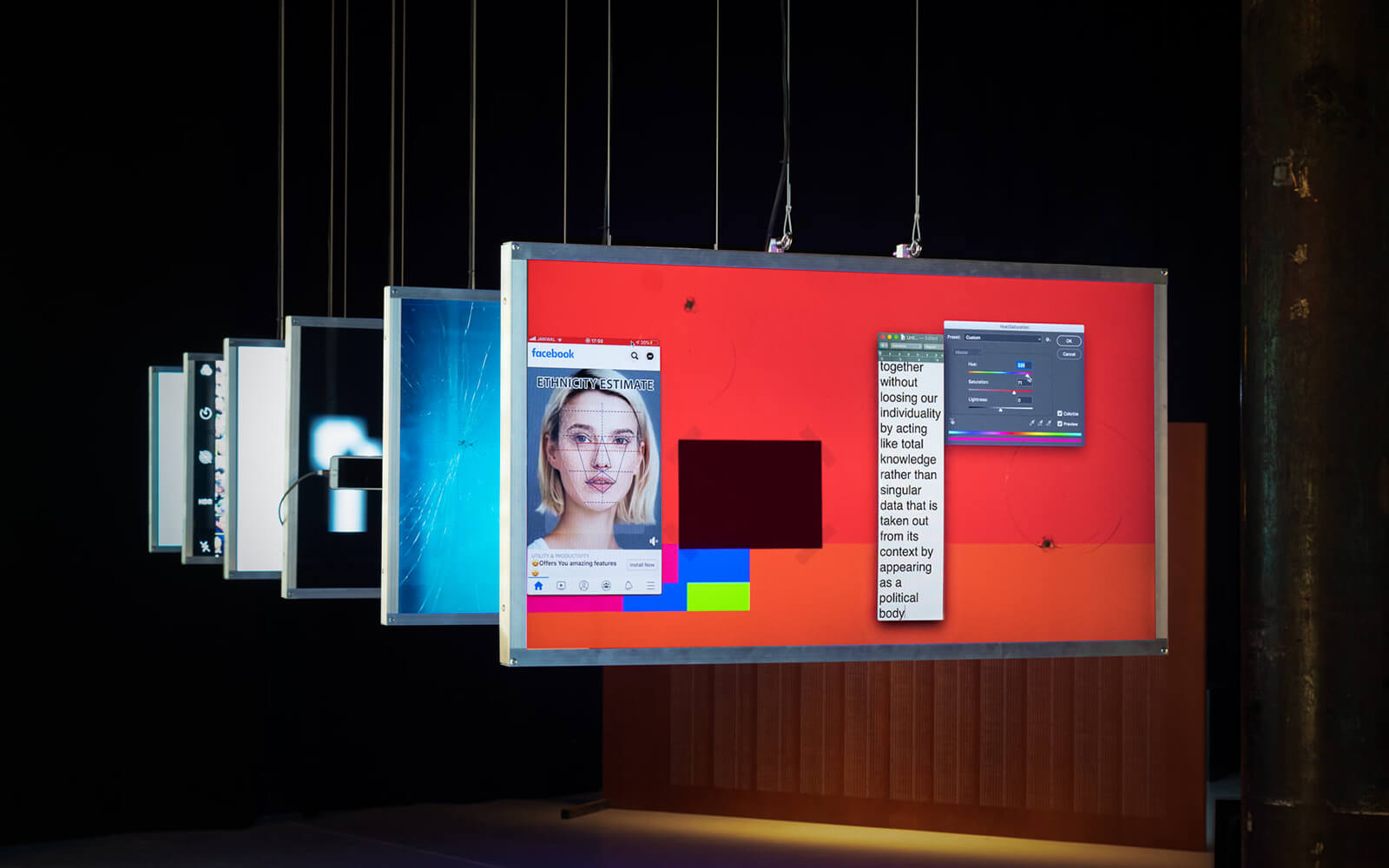
“You will still have your heart broken in a world without capitalism, but maybe you don’t have to have that and also be stressed out about your loan debt.”
Bugniot, Dubačová, Hoppan
Stockpiling Food for Thought
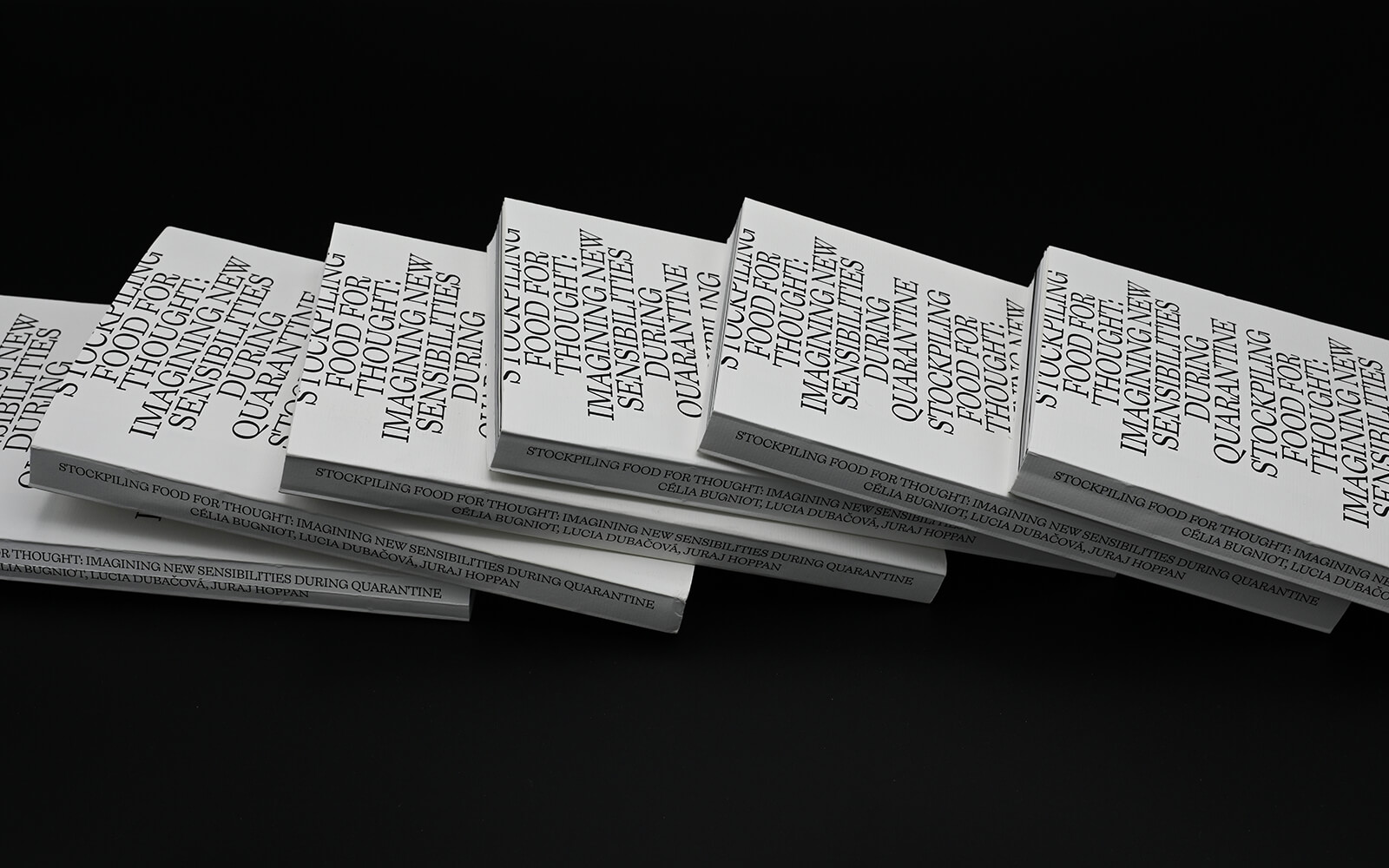
“CAMP After Media Promises,” the 7th Nam June Paik Art Center Prize Winner’s Exhibition opens in Gyeonggi-do, South Korea. To celebrate their recognition CAMP’s Shaina Anand, Ashok Sukumaran, and Sanjay Bhangar present Moving Panorama (2021, image), an urban megamix spanning eight screens and five acts. Drawing on CCTV footage from their native Mumbai, Manchester, Jerusalem, and Kabul, the installation ”redefines the categories of observer, subject, network, database, image, and sequence.”
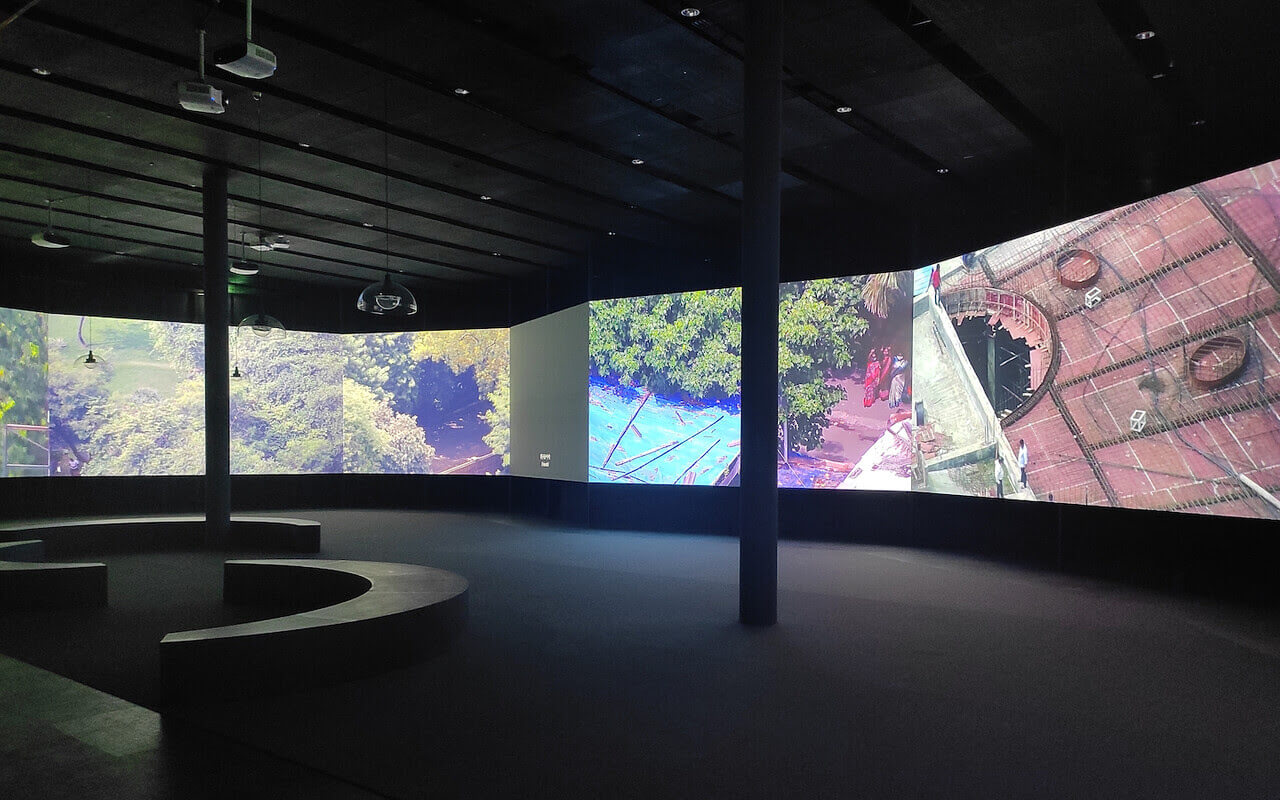
“Perhaps, there is more common ground between the hackers and the witches, the programmers and the psychics. As Tolbert put it: ‘What is technology, if not a way for an individual person to uncover answers?’”
NASA’s Double Asteroid Redirection Test (DART) launches aboard a SpaceX Falcon 9 rocket at Vandenberg Space Force Base in California. An experiment in planetary self-defense, in fall 2022 the rocket will reach the Didymos asteroid system, impact its moonlet altering the asteroid’s motion—and the results will be observed from afar. ”This test will help prove out one viable way to protect our planet from a hazardous asteroid, should one be discovered that is headed toward Earth,” states NASA’s Bill Nelson.
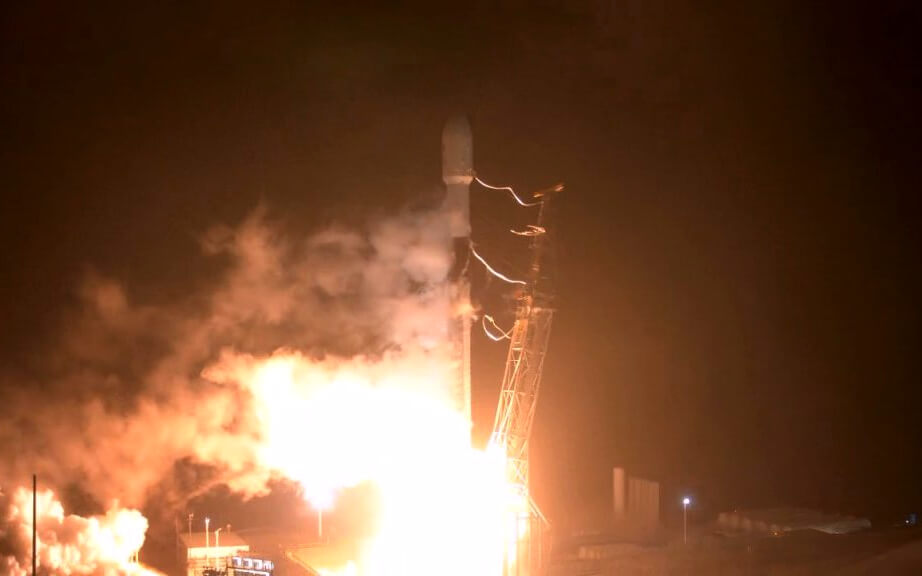
“Given that MoMA’s 1977 acquisition of Kubota’s Nude Descending a Staircase was their first of a video sculpture, it seems ironic that they waited so long to give her such a modest tribute. That ‘Liquid Reality’ is the artist’s first US solo exhibition in 25 years only adds to this sad testament.”
The Smithsonian’s 175th anniversary exhibition “Futures” launches at the reopened Arts + Industries Building, displaying 150 objects—iconic collection pieces, industrial prototypes, and art installations—that invite “all dreamers, makers, and change makers” to imagine a better world. Among the touted highlights is architect and artist Suchi Reddy’s rotunda piece me + you (image), a towering AI (and Amazon) powered light sculpture that reflects “society’s collective conscious.”
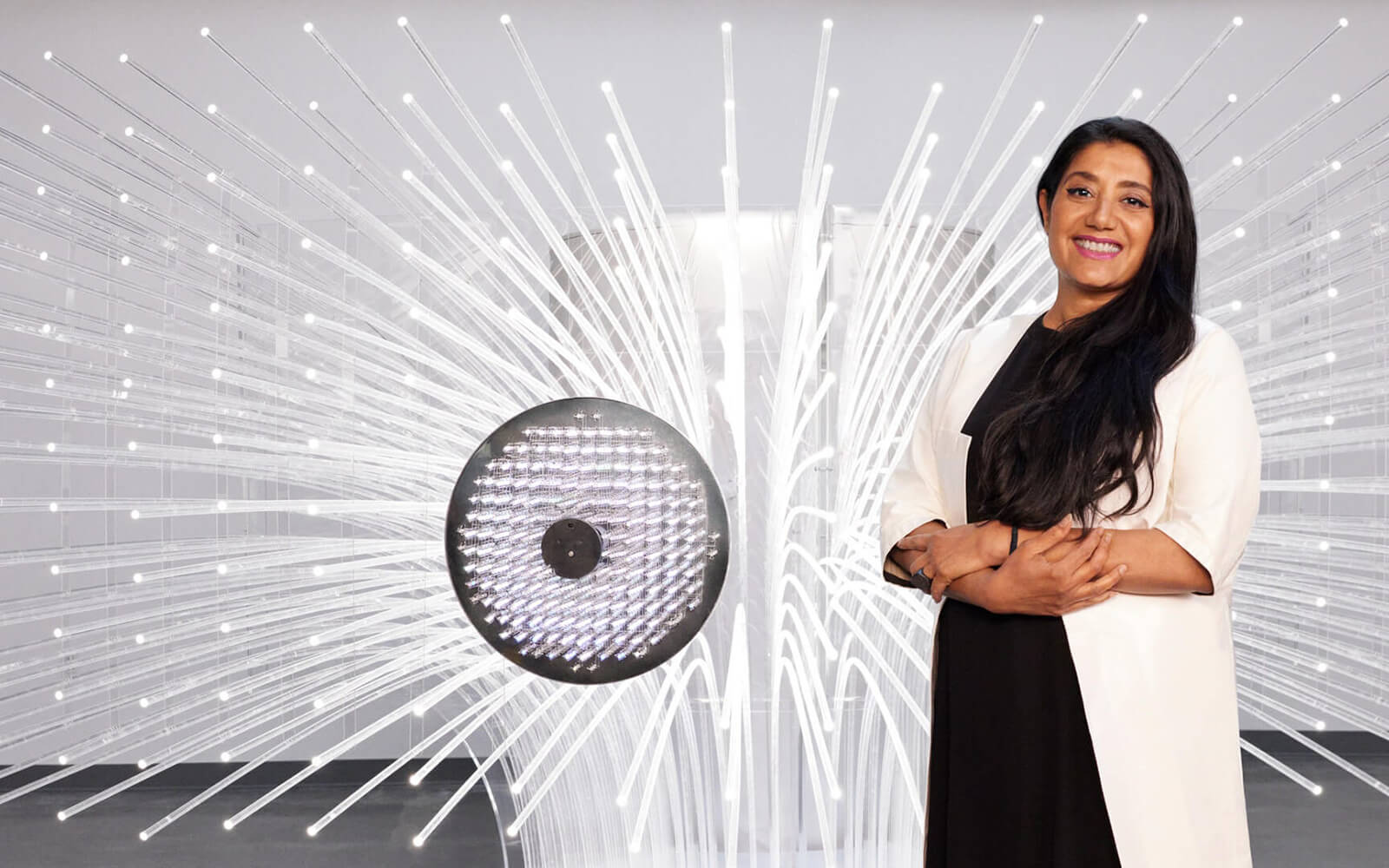
Daily discoveries at the nexus of art, science, technology, and culture: Get full access by becoming a HOLO Reader!
- Perspective: research, long-form analysis, and critical commentary
- Encounters: in-depth artist profiles and studio visits of pioneers and key innovators
- Stream: a timeline and news archive with 1,200+ entries and counting
- Edition: HOLO’s annual collector’s edition that captures the calendar year in print
